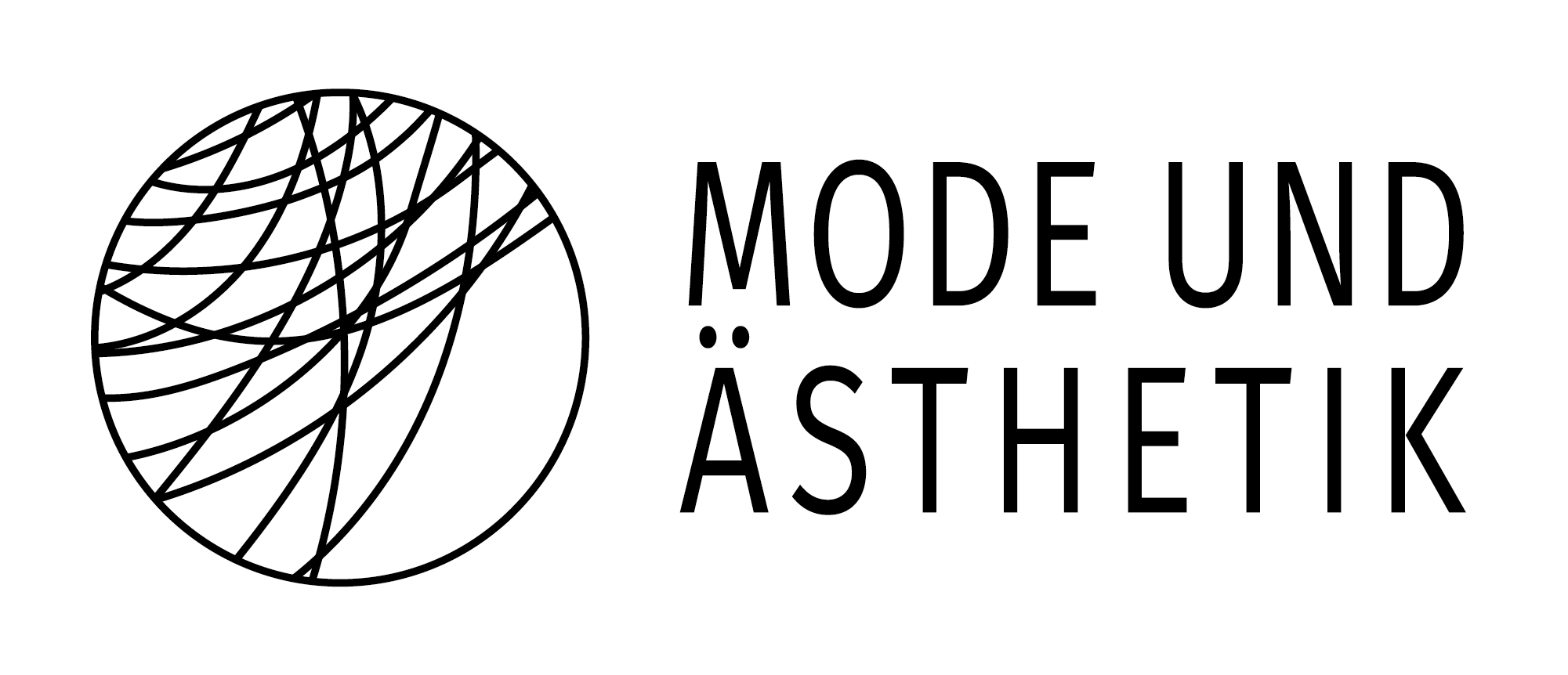The subject of this doctoral thesis is the analysis of contemporary Brazilian art with regard to its reception of the Antropofagia, a postcolonial concept that theorised a cultural movement across genres and is rooted in the Brasilian modernism of the 1920s. Originating in the need to emancipate from European domination and to self-define their Brazilian identity, the author Oswald de Andrade invited other creative artists of Brazil 1928 in his Manifesto Antropófago to adopt the anthropophagite’s position: By boldly devouring European influences, blending them with local traditions and, thus, transforming them, a unique Brazilian and simultaneously hybrid product of culture was to be excreted. With his strategy of incorporation, de Andrade reverses the traditional meaning of the cannibalistic figure: While anthropophagy has been used throughout colonialism to characterise stereotypically the people of the “New World” and, thus, legitimise their subjugation and distance these people from the “civilised” society of the conquerors, de Andrade examines critically the hegemonically influenced dichotomy of familiar/foreign, civilisation/wildness or centre/periphery in his metaphorical use of the term favouring a creative view on differences.
In contemporary Brazilian art, reference to this modernistic concept of cultural anthropophagy is made in many different ways. A comparative analysis of contemporary positions of Ricardo Basbaum, Anna Maria Maiolino, Cildo Meireles, Ernesto Neto and Adriana Varejão shows how the influence of anthropophagy on today’s works manifests itself and how artists furthered and updated de Andrades’s programme in a sophisticated manner. Thus, the research project points out an important characteristic of creating art in Brazil today and how it contributes to a decentred, transcultural historiography of the arts.



